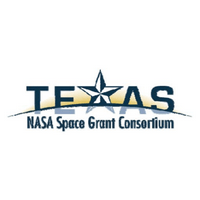Texas Space Grant Consortium
Student Spaceflight Program SSEP

The Student Spaceflight Experiments Program (SSEP) was launched in June 2010 by the National Center for Earth and Space Science Education (NCESSE) in strategic partnership with NanoRacks, LLC. It is a remarkable U.S. national Science, Technology, Engineering, and Mathematics (STEM) education initiative that gives typically 300+ students across a participating community the ability to design and propose real experiments to fly in low Earth orbit, first aboard the final flights of the Space Shuttle, and then on the International Space Station.
The program provides seamless integration across STEM disciplines through an authentic, high visibility research experienceâan approach that embraces the Next Generation Science Standards. SSEP immerses hundreds of students at the local level in the research experienceâstudents are truly given the ability to be real scientists and engineers.
Each community participating in SSEP conducts a local Flight Experiment Design Competition, with their student teams competing to fly an experiment in low Earth orbit in a real research mini-laboratory reserved just for their community. The competition is conducted through formal submission of real research proposals by the communityâs student teamsâjust like professional researchers. Students can design experiments in diverse fields, including: seed germination, crystal growth, physiology and life cycles of microorganisms (e.g. bacteria), cell biology and growth, food studies, and studies of micro-aquatic life. Content resources for teachers and students support foundational instruction on science in microgravity and experiment design. A suite of SSEP program elementsâthe Community Programâleverages the flight experiment design competition to engage the entire community, embracing a Learning Community Model for STEM education. For school districtsâeven individual schoolsâSSEP provides an opportunity to implement a systemic, high caliber STEM education program tailored to community need.
Additionally, along with the flight experiment, each community can fly at least one and up to two Mission patches that result from art and design competitions. The Mission Patch is a wonderful opportunity to get the broader community involved in the program. This competition can be extended to the full K-12 range and can provide cross-curricular connections to art and design. Mission Patches have been a part of the space program since the early days of spaceflight, which expands SSEP to an authentic STEAM initiative.
SSEP is designed to inspire and engage Americaâs next generation of scientists and engineers, and it is accomplished by providing each participating community their own very real Space Program.

